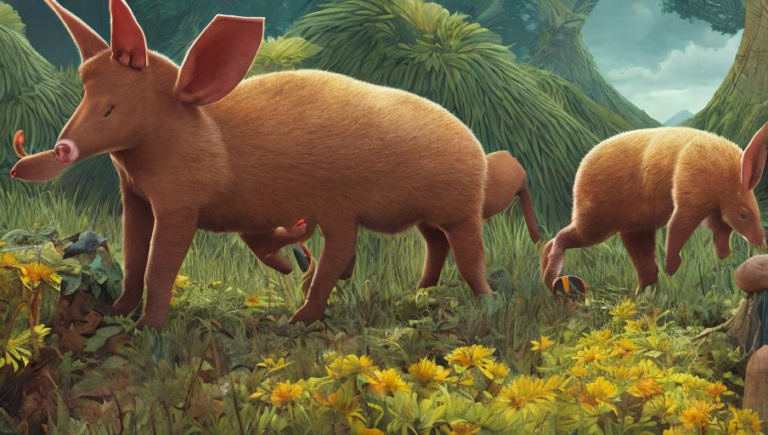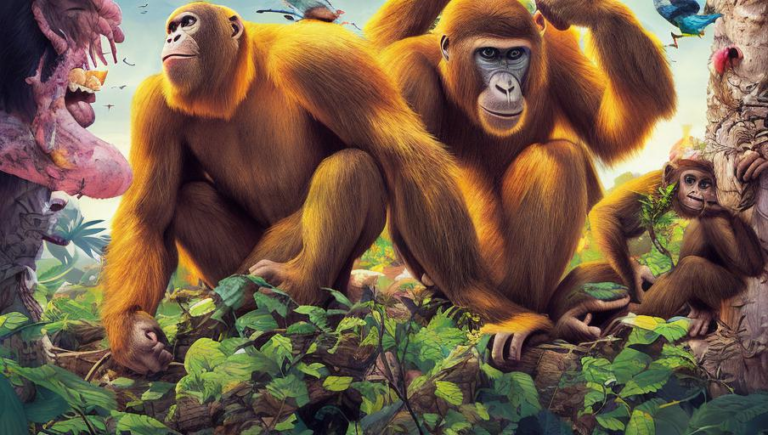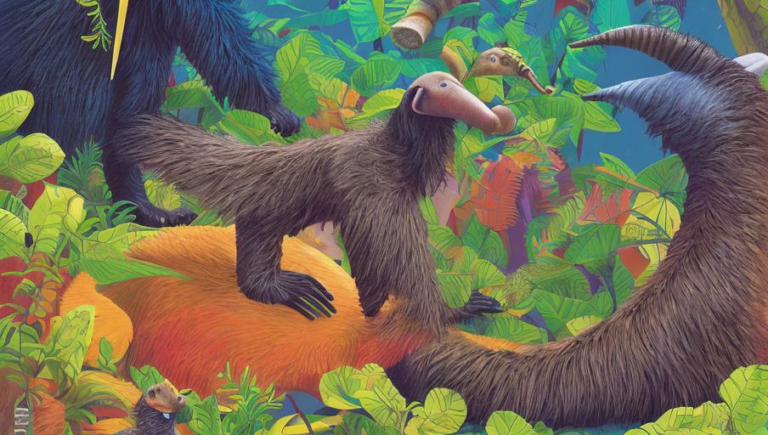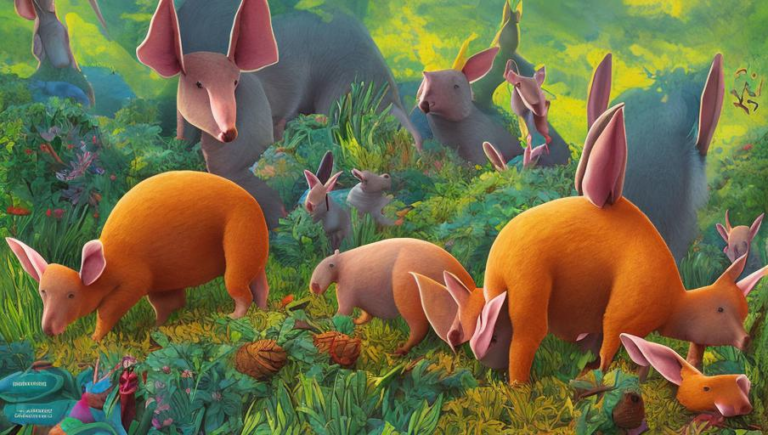Predators of the Echidna: Who Are the Little Spiny Anteater’s Enemies?
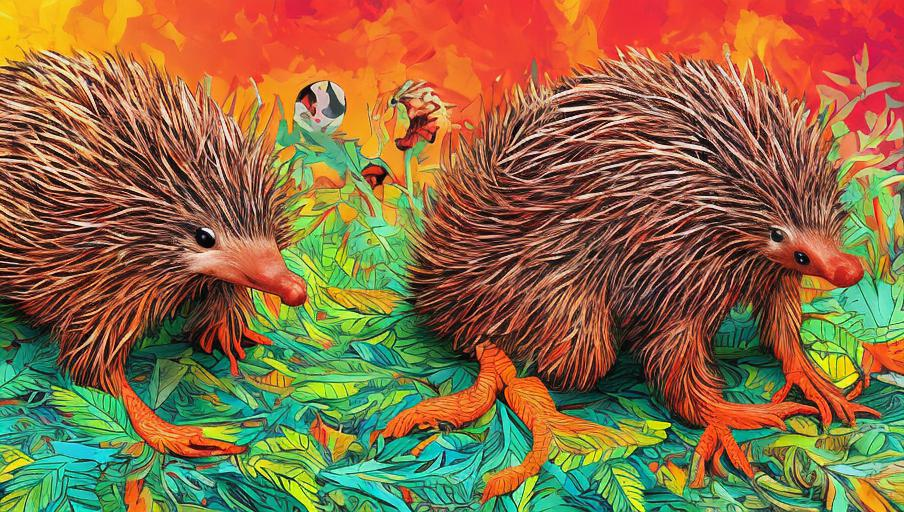
Introduction
The echidna is one of the most unique and fascinating animals in the world. Found in Australia, Tasmania, and New Guinea, this small spiny anteater is a mammal, despite its appearance and diet. It is well-known for its spines and its ability to curl up into a ball when threatened. But who are the predators of the echidna?
Mammalian Predators
The echidna is hunted by a variety of mammalian predators, including dingoes, foxes, and feral cats. These predators will hunt the echidna for its meat, although they usually prefer to eat other animals such as rabbits. The echidna’s spines can make it difficult for some predators to catch and kill it, so some of them will wait until the echidna is curled up in its defensive ball to attack.
Reptilian Predators
Reptilian predators also hunt the echidna. In Australia, goannas, monitor lizards, and snakes will all hunt the echidna for its meat. Goannas can be particularly dangerous, as they are large and powerful and can break through the echidna’s spines. Monitor lizards, however, can only hunt the echidna if it is out of its protective ball.
Avian Predators
Birds also hunt the echidna. In Australia, wedge-tailed eagles have been known to hunt the echidna, although they usually prefer to eat other small animals such as rabbits. The echidna’s spines can make it difficult for birds of prey to grab and carry it away, so they usually prefer to eat other animals.
Human Predators
Humans can also be predators of the echidna. Humans hunt the echidna for its meat, although this is not a common practice. Humans can also harm the echidna through habitat destruction and pollution, which can reduce the echidna’s food supply and make it more vulnerable to predators.
Conclusion
The echidna is a unique and fascinating animal, and it has a variety of predators. Mammals, reptiles, birds, and even humans can hunt the echidna for its meat, although this is not a common occurrence. The echidna’s spines can protect it from some predators, but it is still vulnerable to others. It is important to protect the echidna’s habitat and food sources in order to ensure its survival.
